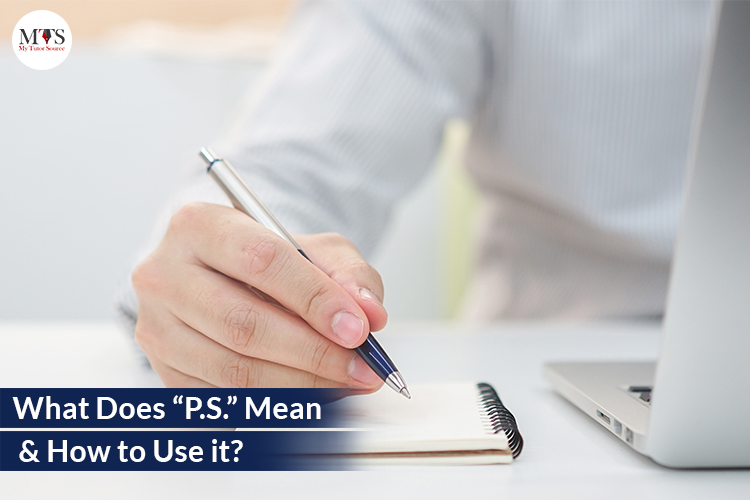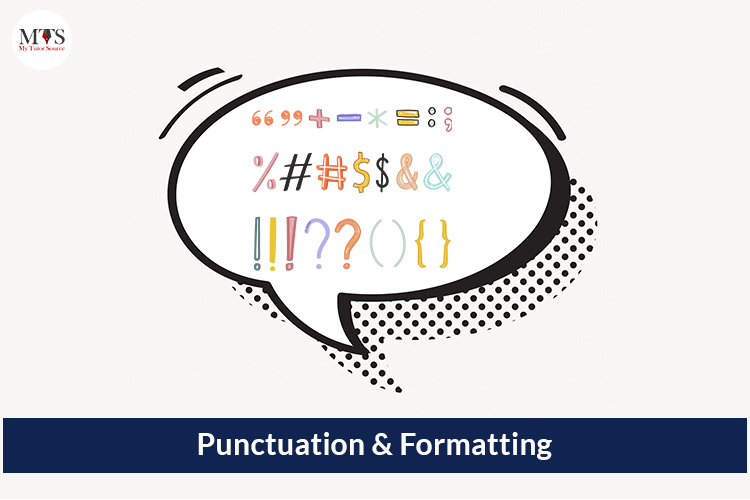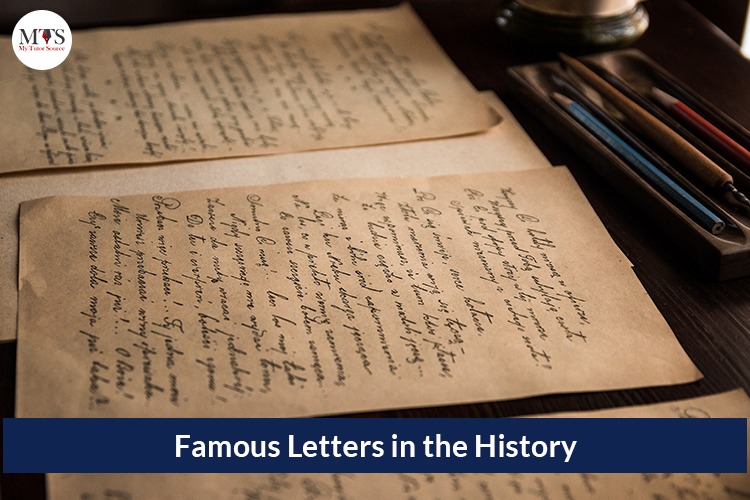

We have all used the “P.S.” phrases in our texts, emails, or letters. But have you ever questioned what P.S. means? P.S. means “post-script” and is used to express an after-thought.
The most common confusion that we all have faced at some point is how to format and punctuate P.S. correctly.
Is it always capitalized? Do you add a period after each letter, or not? Do you need any trailing punctuations?
These are a few thoughts that have crossed all our minds. You’ll be surprised how simple it is.
Remember these few points and you’ll never think twice about the above-mentioned questions:
According to the Cambridge Dictionary, PS is the proper British format and P.S. is the proper format preferred in the US. However, PS is the format preferred by The Chicago Manual of Style.
So usage differs in different regions, but the safest way to go about it is, capitalize P and S, and add period or not, based on your personal preference.

“PS” can be used in either formal or informal letters and emails, as long as the tone and context more or less match that of the rest of the message.[1]
Although using P.S. seems like a very old-age aesthetic, it’s interesting how it has continued to be used in our correspondences even today. Let’s discuss a few ways on how to use P.S. in specific contexts.
You would think that P.S. would have become obsolete in emails, but interestingly enough, it didn’t. People still use it to add an effect or emphasize a particular point.

Studies show that in the digital age, where instead of readers we have skimmers, people don’t read text word-to-word. They pay attention to heading, beginnings, and endings mostly.
Funnily enough, I tend to notice what’s written postscript, even before I read anything else in an email.
Here’s an example for how to use P.S. in your email.
Best Regards,
Team Lead – Roger Adams
P.S. We have a team meeting tomorrow at 8 am, attendance is mandatory!
Even in something as informal as texting, P.S. continues to live on as a stylistic preference. So, the modern P.S outgrew its ancient purpose and has become a way to add a personalized touch to your correspondence.
Here’s an example of how P.S. can be used in your text messages:
Hey, long time!! How have you been? How are the kids?
P.S. I have good news for you!! I’ll tell you when we meet up next.

Writing letters was an art form, people preferred their letters to be well composed, neat, and legible. So, after completing and signing a letter, it would become really hard to make any edits, unlike email/texts. So, people would add P.S. if they had any afterthought.

Here are a few historical letters, which will help you understand how P.S. can help you make your text more intriguing and personal.

The first one is from the legendary artist John Lennon. He wrote to one of his group members who wasn’t a big fan of Yoko Ono.
Yoko’s been an artist before you were ever a group-member. Why don’t you open your box and dig ‘Mind Train’ on [Yoko/Plastic Ono band album] ‘Fly’? Your prejudices can’t be that deep.
Love, John Lennon
P.S. You might have an aging problem. Me? I wouldn’t go back one day!
You can see in this example, how P.S. is used after signature, and how it adds a touch of sarcasm and wittiness to his correspondence.
The second example would be from the famous writer Charles Dickens. He wrote it to one of his fans and used P.S. to cleverly mock and excuse his messy signature.
P.S. I don’t write my name very plain, but you know what it is you know, so never mind.
P.S. has become a way to grab the attention of users from a marketing point of view. Social media posts have been optimized to use P.S. at the end usually a call to action or make a point.
For example,
“P.S. Don’t forget to place your orders today to avail the special discount.”
“P.S. This post might be triggering from some, it’s not for the light-hearted.”
You can use P.S in a variety of interesting ways, here’s a list of ideas for you:
There are a few other things PS can stand for, and these are:[2]
Passenger Steamer | Police Sergeant | Prompt Side | Private Secretary | Privy Seal | Private School [3]
Postscript or P.S. comes from the Latin word, “post scriptum”. Historical linguistics experts believe that P.S. was first used back in the 1500s.
Early communication modes like hand-written or typed letters didn’t have the option of backspace. So, if you forgot to add something or you remembered something to add after signing the letter, you didn’t have many options, other than redoing the whole thing.[5]
Therefore, P.S. seemed like a time-saving way to add an afterthought to your letter, without ruining the order and neatness of your letter.
Moreover, it has also been used as a way to add clever or funny remarks at the end of your letter to make it more interesting.
Now you know what P.S. means and how to use it in an appropriate manner in your online correspondence.[6] We established how P.S. evolved over time and managed to still exist in our communications. You learned how to use P.S. in your formal and informal communications, as well as a marketing tool in your social media posts.
P.S. To learn more about interesting English grammar facts, check out our blog!